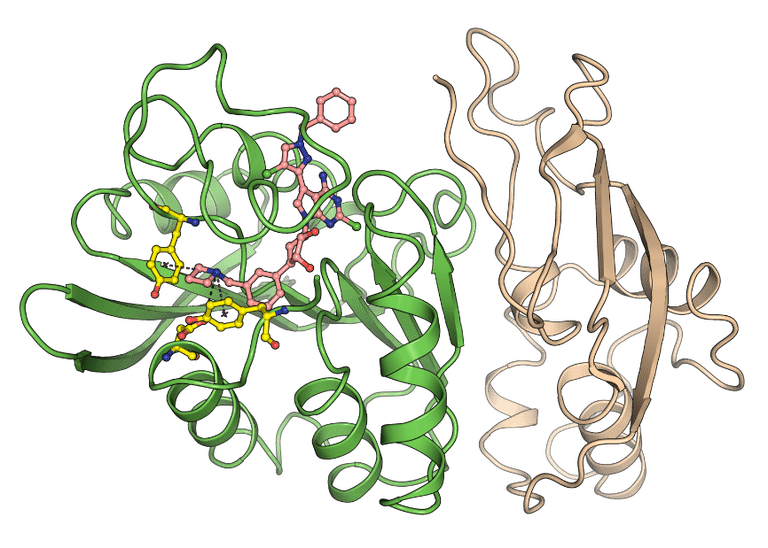The study focuses on developing a selective inhibitor targeting the methyltransferase KMT9. Methyltransferases play a crucial role in various cellular processes, and KMT9 has been identified as a potential therapeutic target, particularly in the context of diseases like cancer.
Over 65,000 men in Germany get prostate cancer annually, with 12,000 facing treatment-resistant forms. A team from the University of Freiburg developed KMI169, a promising substance targeting a key enzyme in prostate cancer.
This inhibitor shows potential, especially in resistant cancer cells. Published in Nature Communications on January 2, 2024, it could be a new treatment option for prostate cancer.
Study head Professor Roland Schüle, Academic Director of the Department of Urology at the Freiburg University Medical Center and member of the Cluster of Exzellence CIBSS – Centre for Integrative Biological Signalling Studies and Dr. Eric Metzger, group leader in Schüle’s department said, We’ve had our eye on the enzyme KMT9 as a possible target in prostate cancer for a long time. The development of this specific inhibitor is now a decisive step in combating prostate cancer far more effectively.”
“This treatment resistance means that the classic antihormonal treatment often fails within a few months, and the disease then progresses rapidly. The inhibitor we’ve developed offers us a highly innovative therapeutic approach here,” Schüle added.

The newly developed inhibitor, referred to as KMI169, demonstrated promising results. The study highlighted its potential as a treatment option, especially in the context of cancer. Notably, the inhibitor showed effectiveness in cancer cells that were resistant to conventional treatments.
In conclusion, the new inhibitor, KMI169, looks promising for treating cancer. It showed effectiveness, even in resistant cancer cells, suggesting it could be a valuable treatment option.
Journal reference:
- Wang, S., Klein, S.O., Urban, S. et al. Structure-guided design of a selective inhibitor of the methyltransferase KMT9 with cellular activity. Nature Communication. DOI: 10.1038/s41467-023-44243-6.
